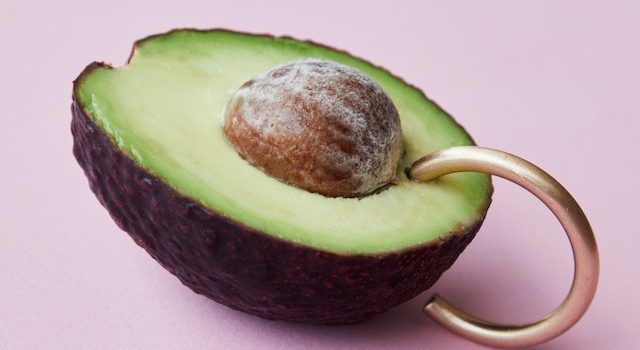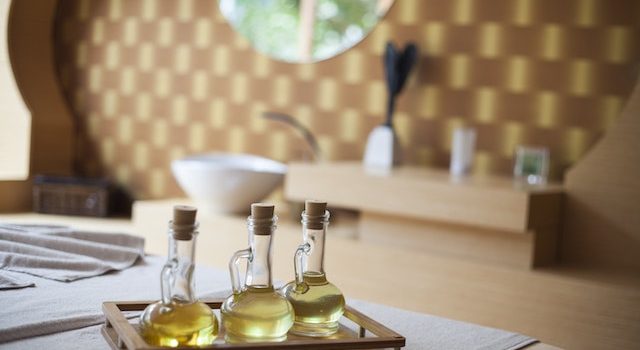
Turmeric, a vibrant yellow spice commonly used in cooking, has gained popularity not only for its culinary benefits but also for its potential to promote flawless skin. This ancient spice, derived from the Curcuma longa plant, has been valued for centuries in traditional medicine and skincare practices.
The key component of turmeric responsible for its skincare properties is called curcumin. Curcumin possesses potent antioxidant and anti-inflammatory properties that can help address various skin concerns and contribute to a healthier complexion.
One of the primary benefits of turmeric for the skin is its ability to combat inflammation. Inflammation is often associated with skin conditions like acne, eczema, and psoriasis. By reducing inflammation, turmeric may help soothe and calm irritated skin, promoting a more even and clearer complexion.
Another notable advantage of turmeric is its potential to tackle hyperpigmentation and dark spots. Curcumin has been shown to inhibit the production of melanin, the pigment responsible for skin coloration. Regular use of turmeric-based skincare products or DIY masks may help fade dark spots and even out skin tone over time.
Turmeric’s antioxidant properties are also beneficial for skin health. Antioxidants help neutralize free radicals, unstable molecules that can damage the skin and contribute to premature aging. By scavenging these free radicals, turmeric may help protect the skin from environmental stressors and maintain a youthful appearance.
Moreover, turmeric’s antibacterial and antifungal properties make it a potential ally in the fight against acne-causing bacteria. It may help reduce the occurrence of breakouts and minimize the appearance of acne scars, leading to a clearer and smoother complexion.
Incorporating turmeric into your skincare routine can be done in various ways. You can find skincare products containing turmeric as an active ingredient, such as cleansers, masks, and serums. Alternatively, you can create your own turmeric-based face masks using natural ingredients like honey, yogurt, or coconut oil.
However, it’s important to note that turmeric may stain the skin temporarily, especially if used in higher concentrations or without proper dilution. To avoid this, it’s recommended to perform a patch test and use turmeric-based products or DIY masks in moderation.
While turmeric can offer promising benefits for the skin, it’s essential to remember that individual results may vary. It’s always advisable to consult with a dermatologist or skincare professional before incorporating new products into your routine, especially if you have specific skin concerns or conditions.
In conclusion, turmeric’s potential to promote flawless skin lies in its anti-inflammatory, antioxidant, and antimicrobial properties. By incorporating turmeric into your skincare regimen, you may experience a brighter, clearer complexion with reduced inflammation, improved skin tone, and a healthier overall appearance.

















